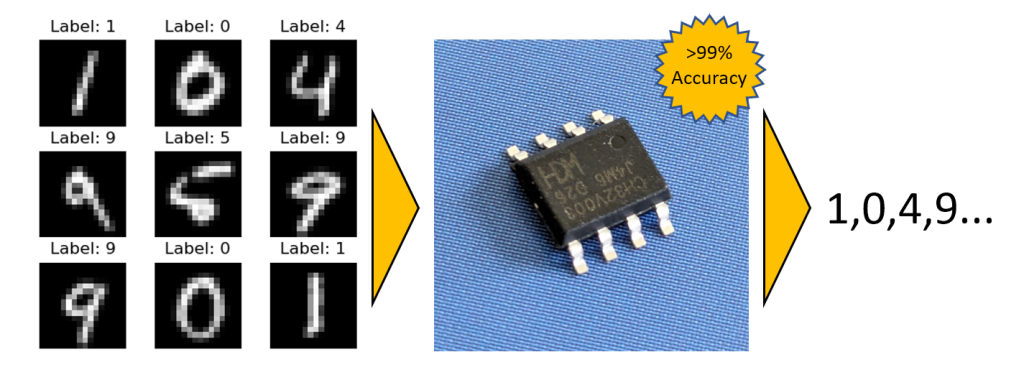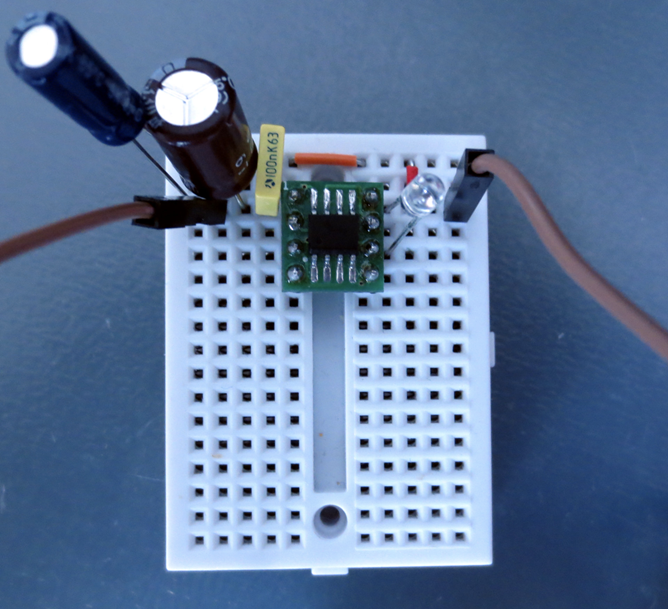I have been meaning for a while to establish a setup to implement neural network based algorithms on smaller microcontrollers. After reviewing existing solutions, I felt there is no solution that I really felt comfortable with. One obvious issue is that often flexibility is traded for overhead. As always, for a really optimized solution you have to roll your own. So I did. You can find the project here and a detailed writeup here.

It is always easier to work with a clear challenge: I picked the CH32V003 as my target platform. This is the smallest RISC-V microcontroller on the market right now, addressing a $0.10 price point. It sports 2kb of SRAM and 16kb of flash. It is somewhat unique in implementing the RV32EC instruction set architecture, which does not even support multiplications. In other words, for many purposes this controller is less capable than an Arduino UNO.
Continue reading “Implementing Neural Networks on the “10-cent” RISC-V MCU without Multiplier”







